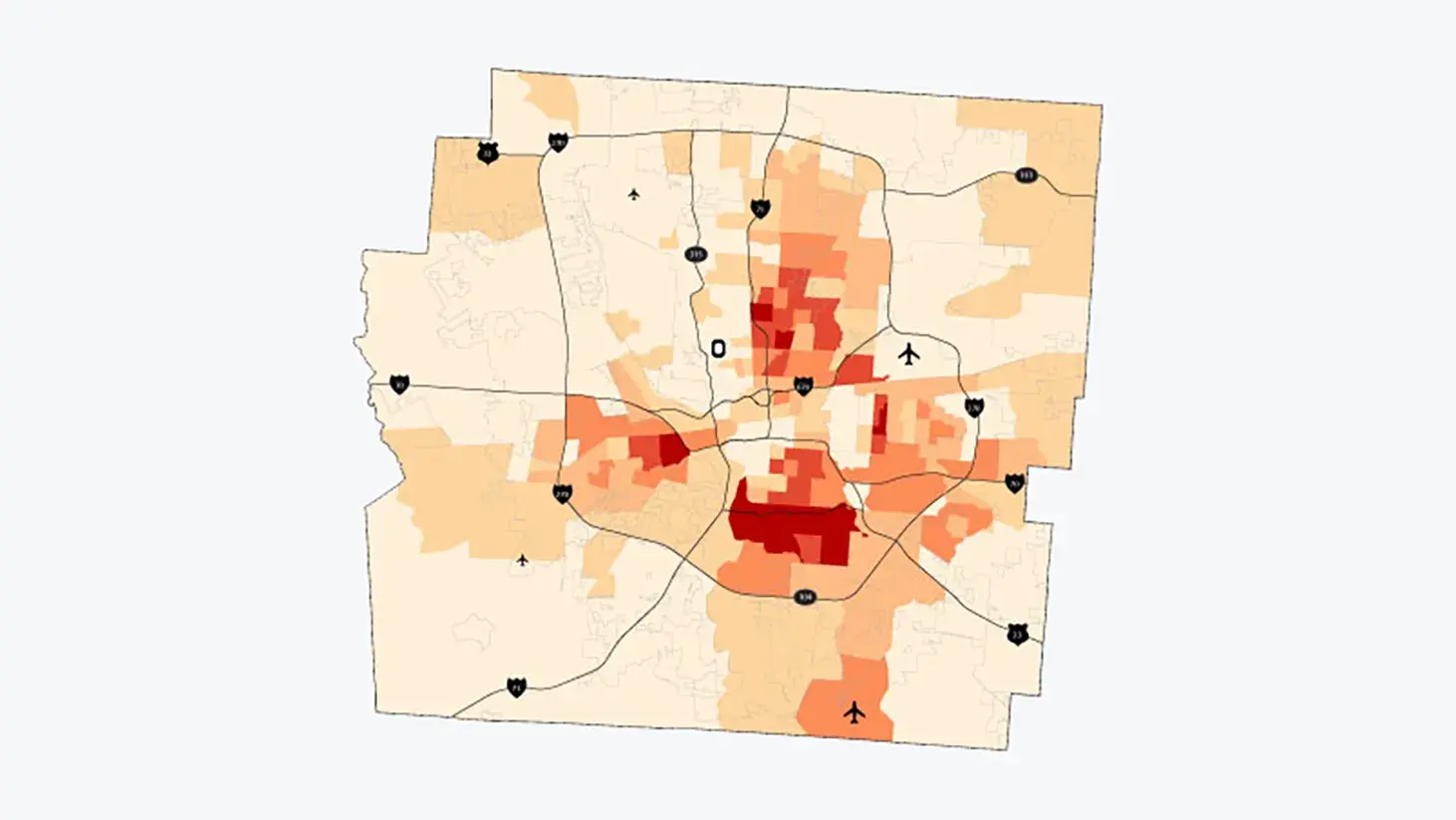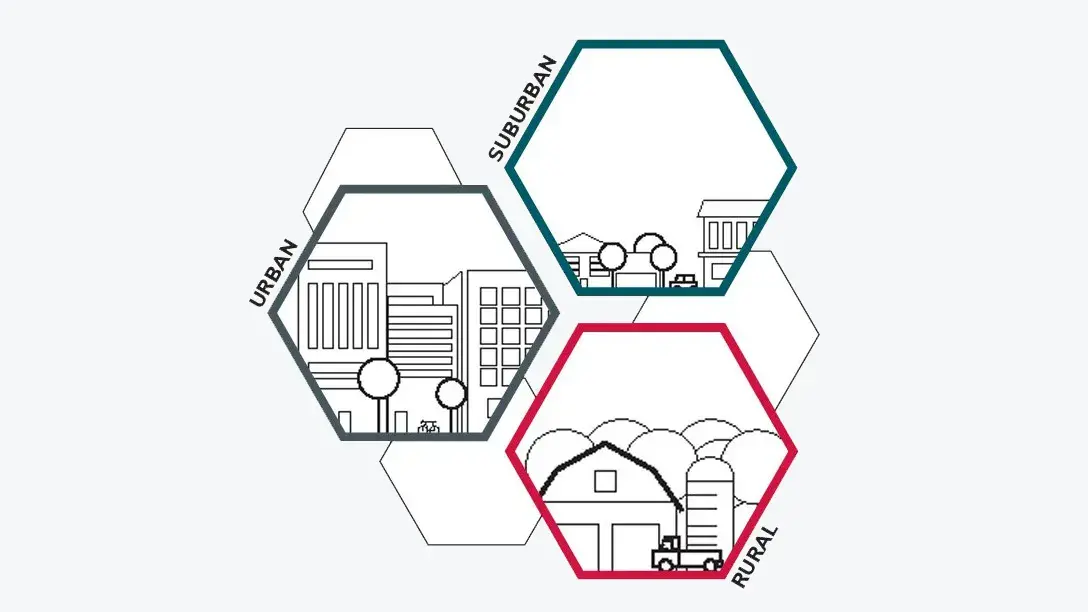Franklin County Auditor Report: Investigating the Appraisal Process
Franklin County Auditor Report: Investigating the Appraisal Process
Owning a home is more than an important part of the American Dream.

It is how most Americans build wealth in the United States: through professional market valuations of their homes. In 2021 the Kirwan Institute partnered with the Franklin County, Ohio Auditor’s office to conduct an in-depth analysis of appraisal models, reappraisals, and tax delinquencies. The models used to assess the value of homes relies heavily on the sales prices in the “neighborhood” in which the home sits. These models are used in individual home sales (where someone buys your home or you buy theirs) as well as in the kinds of mass appraisals that government agencies must use to set annual property taxes. Kirwan looked at data that included both kinds of property tax situations, and included when homes are reappraised, or reassessed, which typically occurs under a specific set of conditions.
- 14% The increase in Franklin County’s home value gap between 2010-2019
Categories of Opportunity
- Housing
Key Findings
- Franklin County’s home value gap grew by 14%. Low-income and Black-majority neighborhoods in Franklin County are consistently overvalued for taxes compared to white-majority areas, exacerbating wealth gaps, while inconsistent property grading practices embed additional racial disparities.
- Systematic bias in appraisal processes contribute to a cross-generational wealth gap based on where we live: Subjectivity in data collection, grading, and appraisal valuations fuels both class and racial disparities, with higher home valuation growth favoring majority white neighborhoods over time.
- The tax adjustment system isn’t accessed by all: Tax assessments are mostly challenged by those with the time, knowledge, and money to do so. Low-income and Black-majority homeowners are underrepresented in tax adjustment claims, while investors and high-income property owners disproportionately benefit from property tax adjustments.
- Reappraisal disparities combine with tax adjustment claims to make vulnerable populations even more vulnerable: Property tax delinquency rates spike following reappraisals, which disproportionately affects vulnerable populations who have fewer resources to pay higher bills and can’t easily seek tax adjustments.
Related Research

2024-2025 Ohio Urban-Suburban-Rural Opportunity Index Report
The USR Index guides OHFA tax credits to improve affordable housing access across Ohio’s diverse communities.

Color Of Wealth: Miami, FL (2019)
Deep racial wealth gaps highlight that income isn't enough to measure true economic security or long-term mobility.